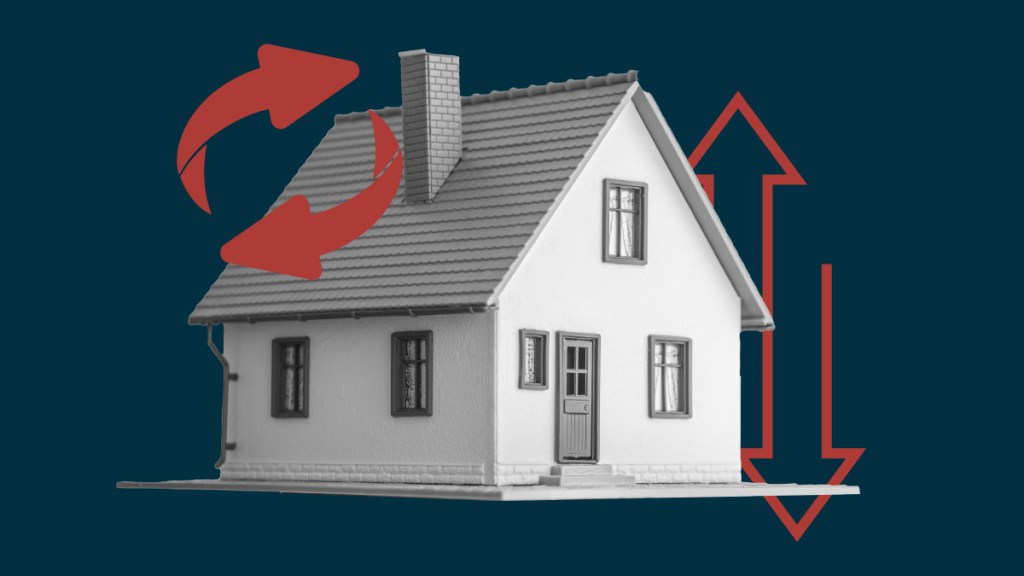Ginnie Mae this week released its fiscal year 2024 financial report, which describes how the company has aimed to provide liquidity to the mortgage industry, accessibility to affordable housing and value to U.S. taxpayers. As housing advocates continue to call for the company to receive full funding from Congress, the company also highlighted the work it has done this year for the reverse mortgage industry.
Ginnie Mae oversees the Home Equity Conversion Mortgage (HECM)-backed Securities (HMBS) program, which was severely stressed at the end of 2022 by the collapse of a major reverse mortgage lender. But the company aimed to address the liquidity challenges by starting work that would culminate in a new, complementary HMBS program that it and the reverse mortgage industry calls “HMBS 2.0.”
Liquidity enhancement activity
The new supplemental program was featured multiple times in the Ginnie Mae annual report as evidence of the work that the company is doing to enhance liquidity and market participation.
“In an effort to broaden the eligible population and revitalize the strength of the HMBS program, Ginnie Mae published a proposed term sheet for a new reverse mortgage security, HMBS 2.0, and provided a public comment period for industry stakeholder feedback.”
After the publication of an initial term sheet over the summer, a final term sheet was published last month. The report detailed what the company sees as its priorities in pursuing a complementary reverse mortgage securities program, which includes its overall commitment to the reverse mortgage space.
“Ginnie Mae is focused on supporting issuer liquidity to ensure a resilient and sustainable housing finance system and ensure borrowers have access to affordable credit throughout economic cycles,” the company said in a forward-looking section of the report. “Through collaboration with interagency and industry partners, Ginnie Mae will work to identify potential solutions supporting this goal. One such project is HMBS 2.0.”
The company is committed to “maintaining a well-functioning HMBS program that meets the needs of older Americans,” the report said, and it will continue working with its partners and industry stakeholders to ease liquidity access.
“We believe the path we are on, in collaboration with industry stakeholders, will play an important role in improving the HMBS program,” the report explained. “The proposed changes will provide issuers with better liquidity access and lead to a more robust HMBS market.”
Original HMBS and 2.0 program work
In addition to the developmental work that has gone into HMBS 2.0, the report also specified the ongoing work in the original HMBS program.
“In [September] 2023, Ginnie Mae updated existing HMBS requirements in the guide to allow for multiple securitizations of borrower advances or draws in the same month,” the company explained. “The enhancement shortened the time additional participations need be held and aimed to alleviate the short-term liquidity pressure on issuers.”
HMBS issuance data over the past year has shown that there have been a steady stream of securitizations under this change. Additionally, there was a change in early 2023 that reduced the required minimum size for all types of HMBS pools from $1 million to $250,000.
The latter measure has helped to “marginally improve liquidity for those HMBS issuers using it,” New View Advisors partner Michael McCully told HousingWire’s Reverse Mortgage Daily (RMD) in October.
HMBS 2.0, if implemented, would also offer “a new securitization pool type to permit re-securitization opportunities for active and nonactive buyouts,” which “would aim to further support reverse mortgage issuer liquidity in this challenging environment.”
HMBS 2.0 may also have potential implications beyond the reverse mortgage sector. In a recent early buyout (EBO) proposal submitted to Ginnie Mae by the Mortgage Bankers Association (MBA), a white paper detailing the proposal said that HMBS 2.0 could provide guidance on the potential implementation of a similar program for the forward mortgage market.
“We believe the rollout of the new HMBS 2.0 program could provide a logistical template for Ginnie Mae staff as they establish the terms and criteria of a potential EBO securitization product rollout,” the MBA paper explained.





